Traeger Grills Aren’t Technically Grills
Insight into the machine and its owners with CEO Jeremy Andrus
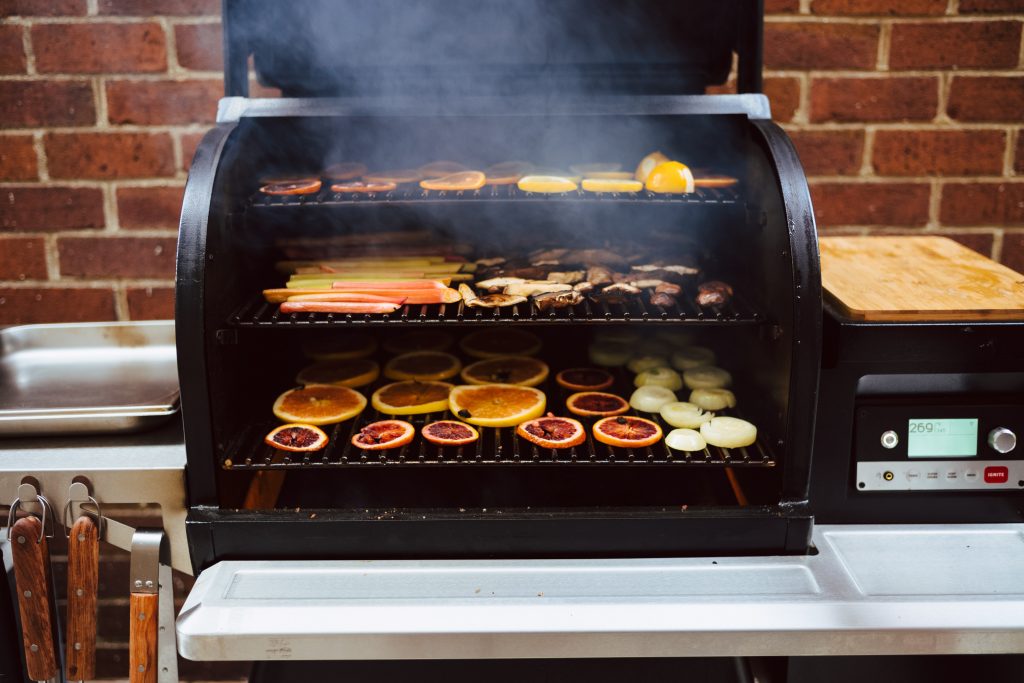
A Traeger Grill isn’t technically a grill at all. They’re not like the gas or charcoal grills we’re familiar with, rather they are wood-powered electric outdoor convection oven and smoker hybrid. Their precision is unmatched, and users can set the temperature using the grill’s controls or the app (which also has great recipes and other content). Wood pellets are burned, generating heat and smoke for slow-and-low or higher temperature cooking that can’t be easily achieved with other grills. We’ve been testing the Timberline 850 Pellet Grill for several months and have been impressed by the results.
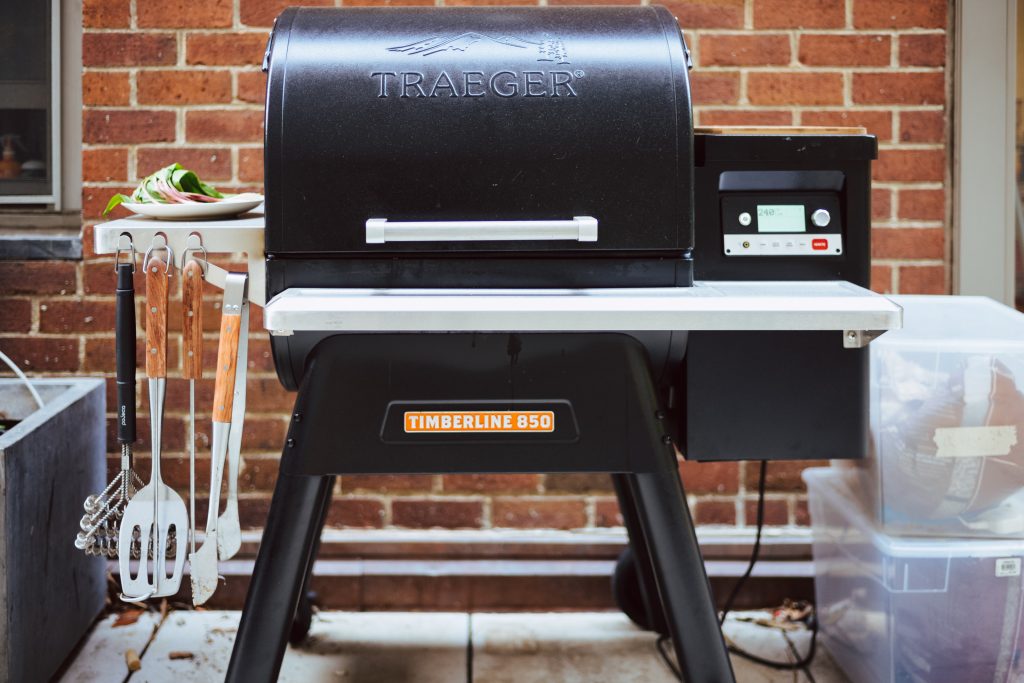
“The last major innovation in grills was in the mid-‘70s, and if you look at what’s happened since then in terms of outdoor cooking, you have incremental refinements of products—like better paint, better knobs, aesthetics—but the consumer experience fundamentally never changed,” Traeger Grills CEO Jeremy Andrus tells us.
Traeger wants to cater to the crowd looking for a bit of change.
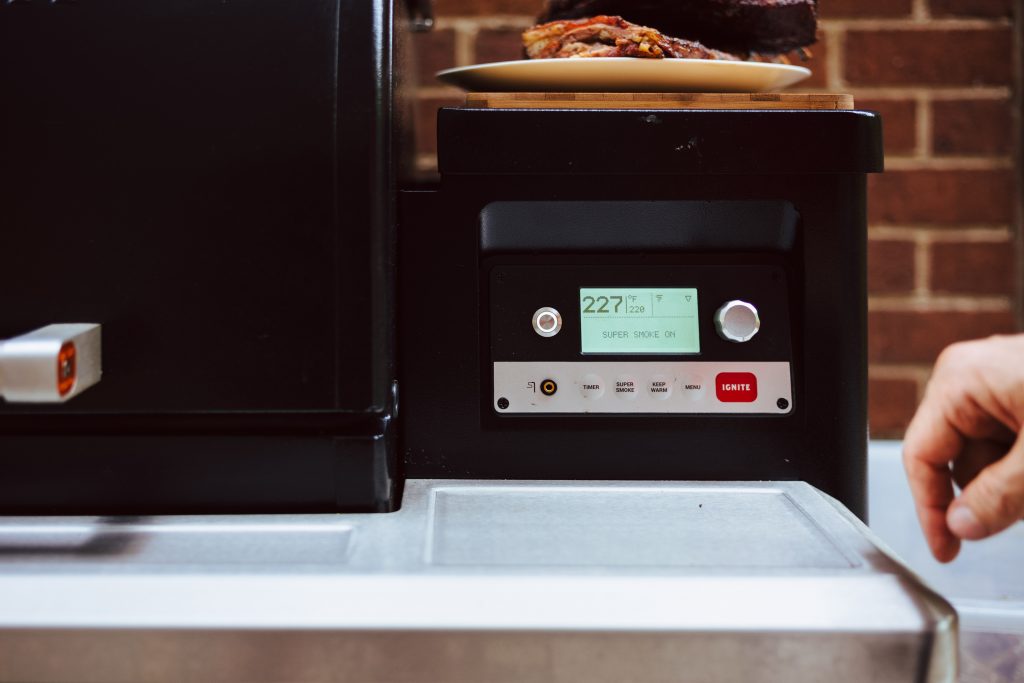
“We spend a lot of time with consumers [at their homes], watching them use the product. And I think what’s interesting about that, and what you always have to be careful about from a product innovation perspective, is you want to get to know the consumer really well. But if you ask the question, ‘What do you want? Tell me what you want in a product?’ you’ll hear some helpful things, but that’s not how you create innovation,” he continues.
“You watch them in habitat and because you understand what’s possible, from a technology perspective, you can solve problems that they don’t know exist. And when you ask an owner of a traditional grill, ‘How’s your experience with your grill?’ their response is ‘It’s fine.’ Just fine. It’s all they know. And when you ask an owner who has a Traeger and a traditional grill, Traeger wins more than 90% of the time.”
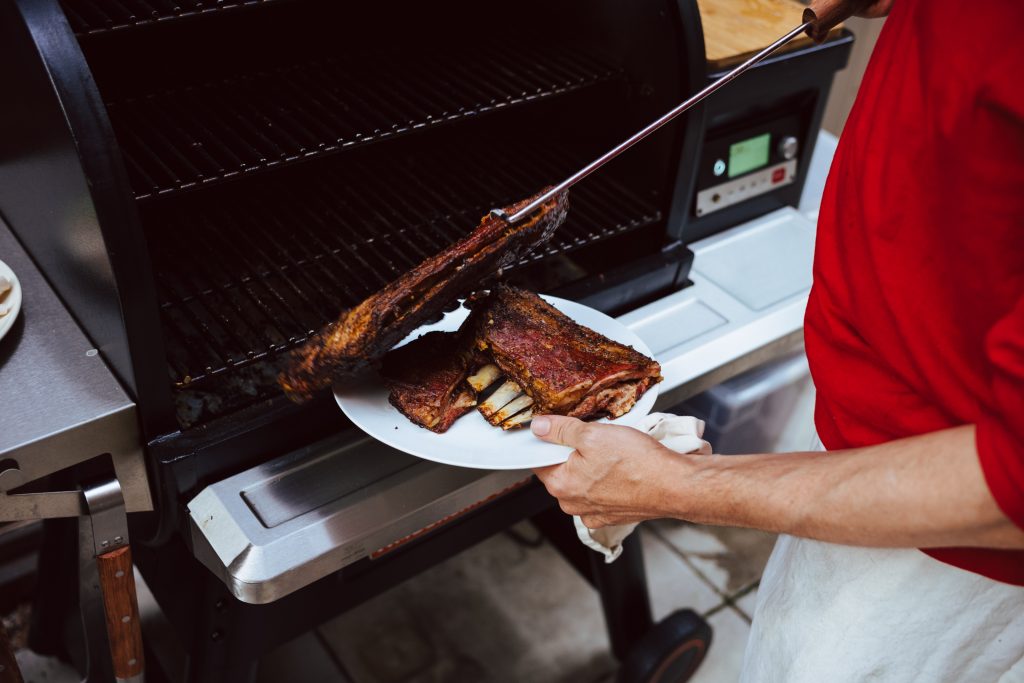
Getting to know their consumer allowed the company to remain true to the their invention—which is the spine of their brand—and make aims to improve the consumer experience in order to be on par with the quality of the appliance. Electric temperature readers, more expansive temperature settings and adjacent owner content and community (including recipes, guides and user unique data) have been part of the upgrades on the consumer side. These upgrades are converting seasonal grillers into avid cooks that swear by the results Traeger Grills deliver.

“Out-of-season usage doesn’t slow down that much,” Andrus says. “So they’re effectively saying, ‘This is my oven.’ It’s starting to compete with the oven, so that was the thinking behind the IOS connectivity—put it on my phone and make sure that I only have to go out twice. I put it on and I take it off, and I know everything going on—the fact that it’s a closed-lid solution and you don’t have to stand over it creates different usage patterns.”
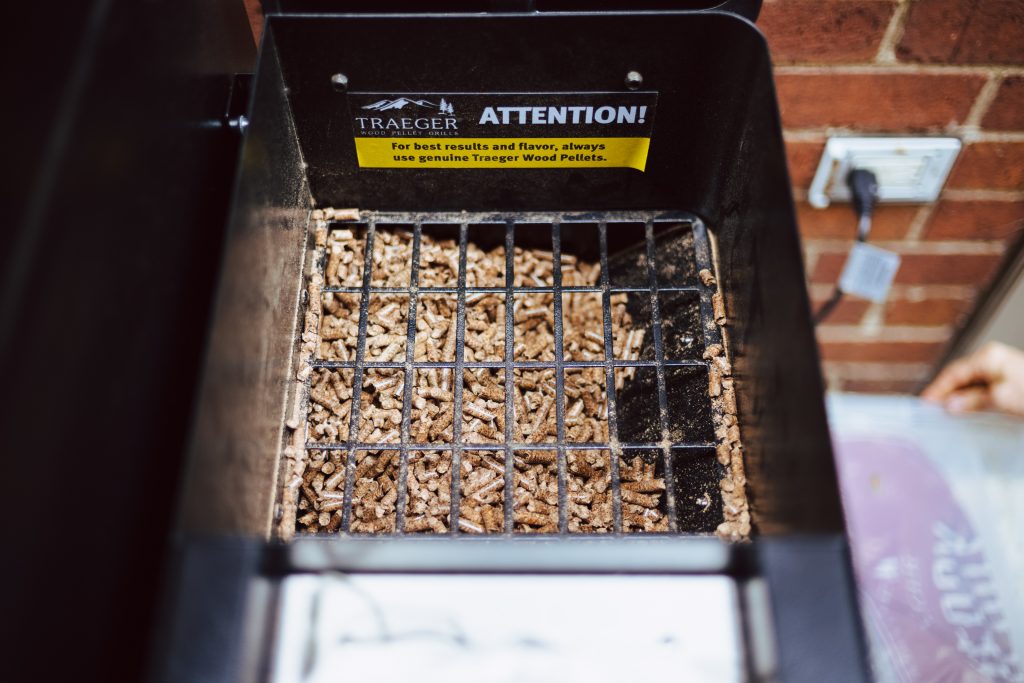
Though all this might sound mysterious, the grill functions simply. An auger feeds hard wood pellets as they’re needed to maintain the set temperature, and a range of woods are available to create different flavors—from the usual mesquite and apple to the savory Leinenkugel’s beer-infused blend of alder and maple. Deflectors establish a convection-type cooking environment which allows for even temperature on all sides.
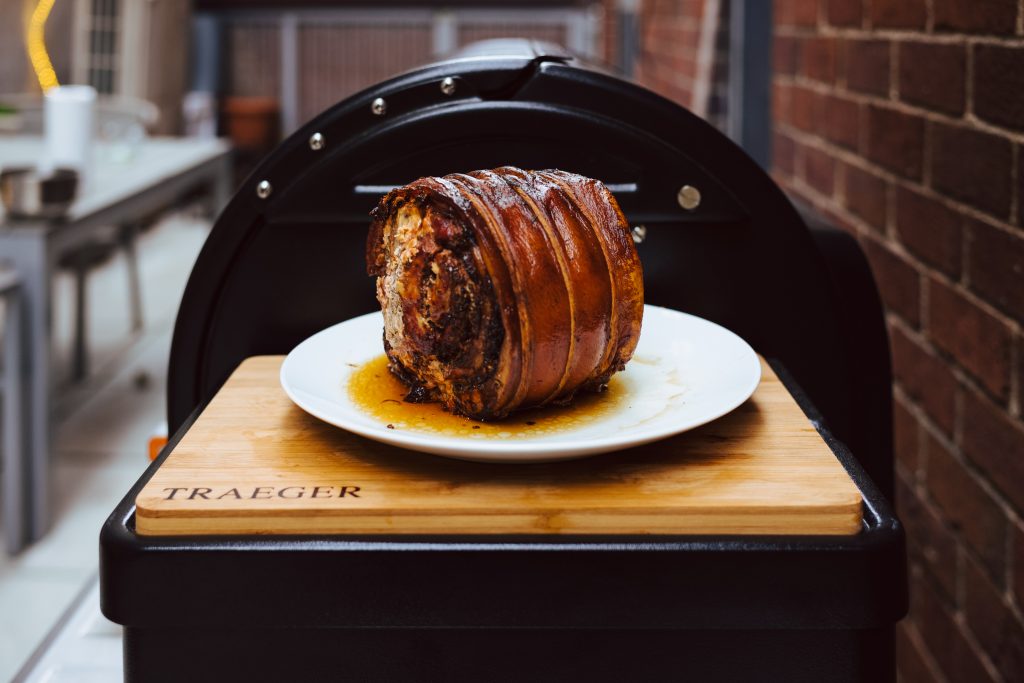
Through our many sessions with the Traeger Timberline 850 Pellet Grill, we smoked fruits, vegetables, meats and fish of all kinds, and the results were nearly always mouthwatering with incredible texture. To set the grill’s temperature, users can utilize its controls, app and its probe too. There’s no need to keep checking on it—whatever is inside can be left on its own until it reaches the ideal temperature without being flipped, touched or stoked.
The full line of Traeger Grills is available now on their website, and they range in price from $999 to $1,999.
Images by Josh Rubin











